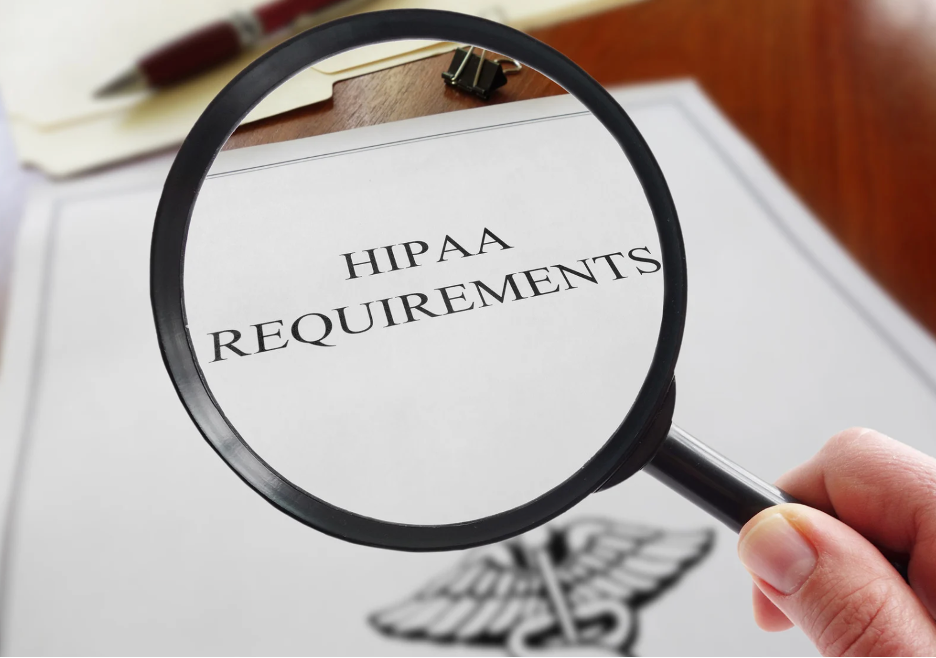Hospitals and Clinics Among the Most Dangerous Workplaces in America
Hospital workplace violence is a significant concern, making hospitals and clinics among the most dangerous workplaces in America. Staff in these settings face unique challenges, including the potential for encounters with aggressive patients and visitors, or the risk of being caught in chaotic situations involving emotionally charged individuals. These environments require stringent safety protocols and training to manage and mitigate threats effectively. As awareness grows, healthcare institutions are increasingly prioritizing the implementation of comprehensive strategies to protect their employees and ensure a safe working environment for all. This ongoing effort highlights the critical need to address violence in healthcare settings through policy, training, and community engagement.
How Workplace Violence Prevention Training Can Help Healthcare Organizations Minimize Risk
Today, hospitals and clinics are considered among the most dangerous workplaces in America. Workplace violence is a serious problem in healthcare that has gotten increasingly worse since the COVID-19 pandemic. The immense stress placed on the healthcare system due to the pandemic resulted in limited resources, staff shortages, exhaustion, burnout, and an alarming increase in violence against healthcare workers.
In fact, a review published in Public Health estimated that nearly 8 in 10 healthcare workers were involved in an assault or other violent incident during the health crisis. Furthermore, the frequency of injuries caused by workplace violence in healthcare has risen by a staggering 62% since 2011, as reported by the Bureau of Labor Statistics.
These numbers are deeply concerning, and the consequences for the healthcare system are severe. Not only does violence in the healthcare workplace cause physical and psychological harm, but it also hinders the ability of clinicians and medical personnel to provide high-quality patient care. Moreover, violence in healthcare facilities diverts valuable resources, leading to potential delays in care for other patients. It also negatively impacts patient satisfaction and employee productivity and increases the likelihood of adverse medical events.
Although there is no one-size-fits-all solution, measures can be taken to minimize the risk of workplace violence. According to the Association of American Medical Colleges, hospitals are strengthening efforts to identify security risks and train staff on violence prevention.
Workplace violence prevention training is crucial to increasing awareness among workers regarding the risk factors associated with violence in healthcare facilities. This training can provide strategies for reducing exposure to risk factors, including techniques for defusing potentially dangerous situations and ensuring personal and collective safety. These training programs should prioritize educating healthcare workers about warning signs, de-escalation techniques, progressive behavior control, emergency management, and effective communication and teamwork.
The Occupational Safety and Health Administration (OSHA) recommends that healthcare leadership encourage and train all employees to report workplace threats and incidents of violence. In addition, OSHA advises implementing policies and procedures for identifying and mitigating risks, developing standard response plans, and providing post-incident support.
Experience Better Healthcare Compliance
Stay compliant with OSHA, HIPAA, and billing regulations. See how our comprehensive solutions can simplify your compliance needs and enhance your practice’s efficiency.



